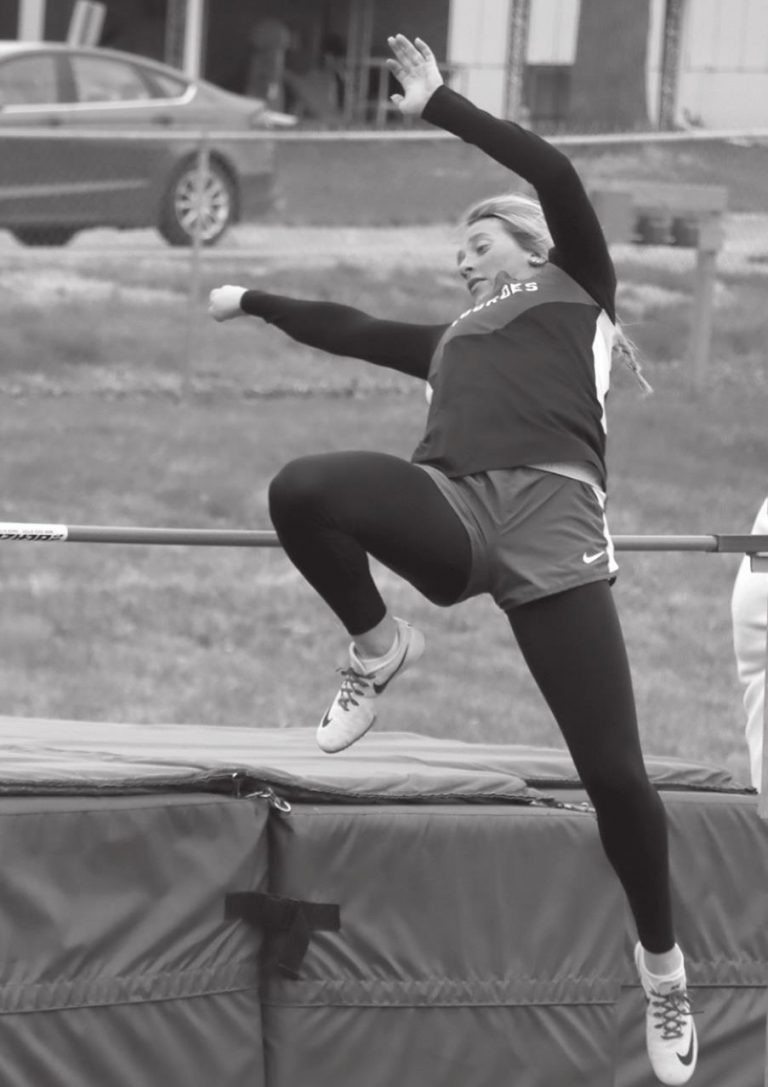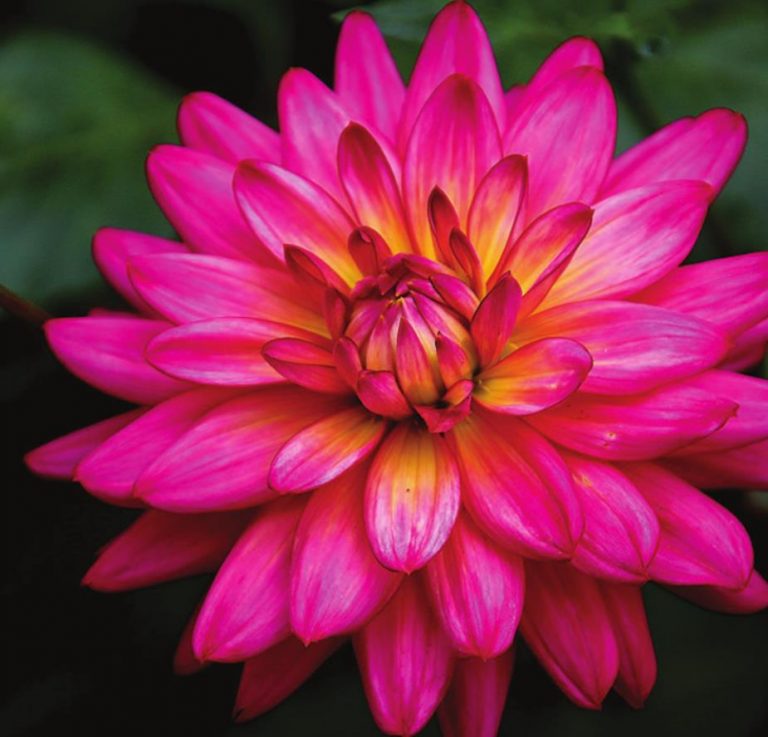Courteous Comments: Why is the News-Press moving?
On Saturday, April 23, and Sunday, April 24, the Nebraska City News-Press utilized its Facebook account to communicate with readers about the paper’s impending move… Login to continue reading Login…
On Saturday, April 23, and Sunday, April 24, the Nebraska City News-Press utilized its Facebook account to communicate with readers about the paper’s impending move… Login to continue reading Login…

A team total of 70 points placed the Lourdes girls’ track team third in the 12-team Falls City Sacred Heart Invite on the Syracuse-Dunbar-Avoca track on Tuesday, April 19. Aspen Meyer had first place finishes in both the high jump, 4’8”, and the 200 meter run in a time of 27.24.

As the weather warms up this spring and summer, thousands of Nebraskans are planning to visit our state’s many national treasures and other historic sites. From Homestead National Historic Park in Beatrice to Scotts Bluff National Monument in the Panhandle, Nebraska has so much to offer.

The Otoe County Museum of Memories is creating a digital version of its artifact catalog—one index card at a time—with the help of public history interns from Peru State College. Dean Shissler, museum coordinator for the Nebraska City Museum Association, spoke about the new public history certificate program and how the association plans to put program interns to work in the months and years ahead at the April 20 meeting of the Nebraska City Rotary Club.

Due to cancellations, the only varsity events for the Nebraska City boys’ golf team prior to April 21 were one tournament at Bay Hills on April 4 and a triangular on April 18. The team was scheduled to play at a triangular at Glenwood on April 21.

The doctor told my father, “If you stop smoking, in eight years you will have a new set of lungs.” My dad went cold turkey that very day, holding on to the promise. Today he has that new set of lungs, and he’s working hard, breathing strong.

In Nebraska, we know the importance of good stewardship. Our farmers and ranchers responsibly cultivate the land so future generations of Nebraskans can continue enjoying the Good Life for years to come. It’s why, nearly one hundred years before Earth Day even began, J. Sterling Morton founded Arbor Day right here in Nebraska City. Our farmers and ranchers are the original conservationists.

In any discussion of ‘bulb’ plants, the most important distinction to make is between hardy and tender bulbs. Hardy bulbs, including tulip, daffodil, crocus, ect., are planted in the fall and can be overwintered in the ground. Tender bulbs, like gladiola, dahlia and canna, are planted in the spring and must be dug up each fall; they are not cold tolerant enough to survive in the ground during winter.
People planning a trip may be considering whether to drive or fly and wondering which is the better value. Each mode of travel has its pluses and minuses and associated costs. When gauging whether to drive or fly, think of the outright and ancillary costs of each type of travel. For example, driving costs associated with vacationing can include fuel, vehicle maintenance, hotel stays, food costs, and tolls. Costs related to flying are ticket prices, any additional checked bag fees, parking at the airport/transportation to and from the airport, terminal food costs, and rental car needs. It is often less expensive to drive, particularly if a person can share fuel costs with another traveler and if the trip can be made with as few stopovers as possible. However, flying can be a more frugal option for solo travelers who can capitalize on flexible schedules and discounted tickets. Also, flying becomes less expensive when baggage needs are minimal.
In 1934, Nebraskans voted to create the nation’s only nonpartisan unicameral legislature. The vote tally was 286,086 for and 193,152 against the unicameral system.